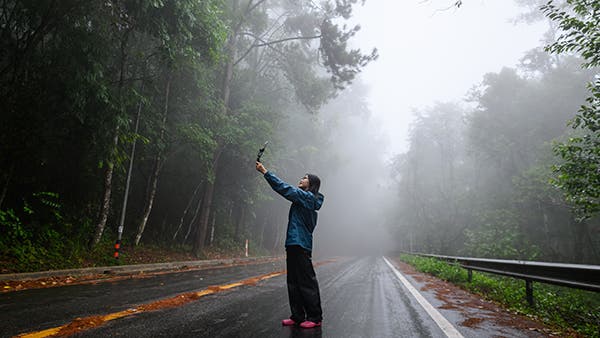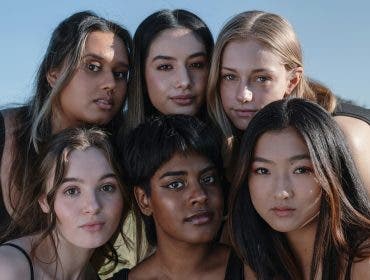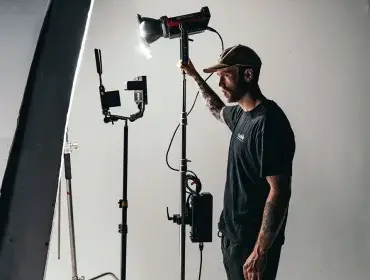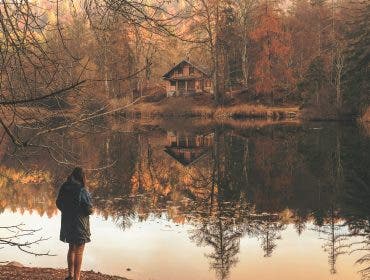Lately, there has been a discussion about the potential demise of vlogging. Experts in consulting marketing for social media, such as Kazuhiko Parungao, publicly discussed the matter and shared some results of ongoing studies on the subject. A few vloggers announced they will soon stop vlogging on their YouTube Channels. Both experts and content creators expose the challenges vlogging faces in the current social environment. Under these circumstances, is it worth starting or continuing vlogging? Is vlogging dead or on the verge of dying? Here is what we know.
What Is a Vlog?
A vlog is a video journal. It is like a blog but uses video as a medium to convey information. It seems that the first form of vlogging was documenting travels by recording short videos to explain what one sees and does. Nelson Sullivan, in the 1980s, was a pioneer of the genre. In the early 2000s, many people recorded life changes, such as moving to a big city, college life, and daily diaries, and they shared them regularly with their online audience. The name vlog was the obvious choice for a video blog.
YouTube and social media platforms have made things very easy for vloggers. All you need is a camera and a microphone, and you are online, sharing your thoughts and activities. A small GoPro camera can accompany you anywhere. Vloggers can even film with their smartphones.
Comedians, travelers, chefs, lifestyle coaches, and scientists have taken the scene with homemade (or not-so-homemade) video productions. Vlogging went viral and overtook blogging in a heartbeat.
Is Vlogging Dead or Dying?
The public was excited when moving images replaced text and still photos. It was so easy to follow a vlog, and one can do it while commuting to work, lounging with friends in a café, or sunbathing on a beach in Greece. So, what happened?
The Issues with Vlogging
Lately, however, as experts and vloggers have pointed out, the public doesn’t have the same patience to watch vlogs as they did before. The time spent watching vloggers sharing their experiences has become shorter and shorter. At the same time, there are many more platforms and channels where one can watch vlogs, which divides the audience.
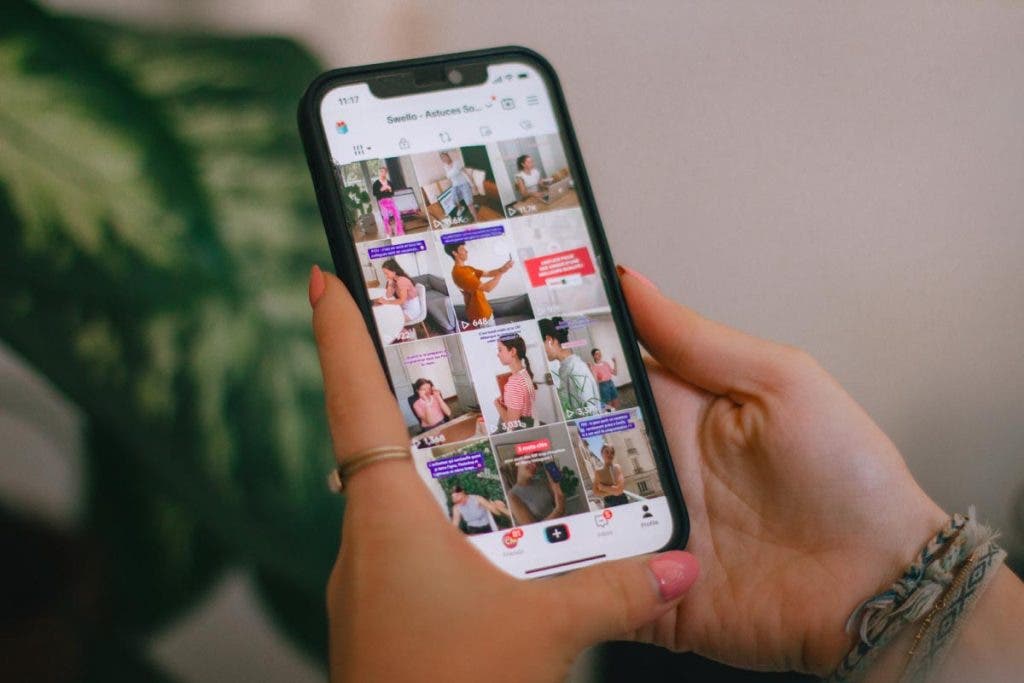
Expertise, Not Glory
Secondly, the glory of vlogging has become its burden. Just a few years ago, it was extremely popular and brought good revenues and plenty of fame; thus, many people started vlogging. The original vloggers spent a lot of time and energy to put together cohesive content. They had a stable audience whose tastes they knew and respected.
For example, the first food vloggers were chefs with a large expertise in the field, such as Gordon Ramsay and Jamie Oliver. Their content was remarkable. But now there are thousands of food vloggers, and many of them don’t even touch a pan. They showcase restaurants, try street food, or order takeaways and discuss flavors. Therefore, the public is somehow put off by the poor quality of some vlogs and ends up avoiding all of them. Being an expert in your niche is becoming even more vital for your content to rise above the rest.

The volume of online video content has reached new records. On YouTube alone, 500 hours of video content are uploaded each minute. Additionally, TikTok videos, Instagram reels, and public videos on Facebook add to the huge volume of Vlogs. AI-based algorithms curate the lot and provide the viewer with a customized selection of fresh videos every time they access a channel. Why would someone remain loyal to a vlogger and take the time to come back regularly to watch new content when they are bombarded with new content everywhere they look?
Is Vlogging Dead? Vlogging Status
In conclusion, vlogging isn’t dying per se but is overwhelmed by all sorts of online video material. Consquently, lloggers need to adapt to the current online environment. They may want to accept that their easy access to an audience is diminishing and they are less patient than they used to be. A big content adjustment and some changes in content strategy seem to be in order. Vloggers may want to focus more on content quality and less on revenue; to be more authentic and less commercial.
Great vlogging is a form of storytelling that will continue to engage people. Creators need to make viewers curious enough to come back and watch episode after episode, even if they have to push their way through invasive AI-promoted content. However, the recent shift in people’s expectations from and interactions with online videos has made it clear that not all vlogs will make it.
How to Revive Vlogging
If you, like us, believe in the narrative power of vlogging, you can help revive the genre by making a few changes to your artistic process, workflow, and video content. Take inspiration from the following.
Be Consistent in Your Artistic Style
Regardless of the subject of your vlog (e.g., comedy, travel, food, business, fashion, lifestyle, photography etc.), be consistent. People will come back for a particular way of speaking, cinematic effect, filming style, or view on the topic. They will follow you because they like you and not the latest trend on the internet.
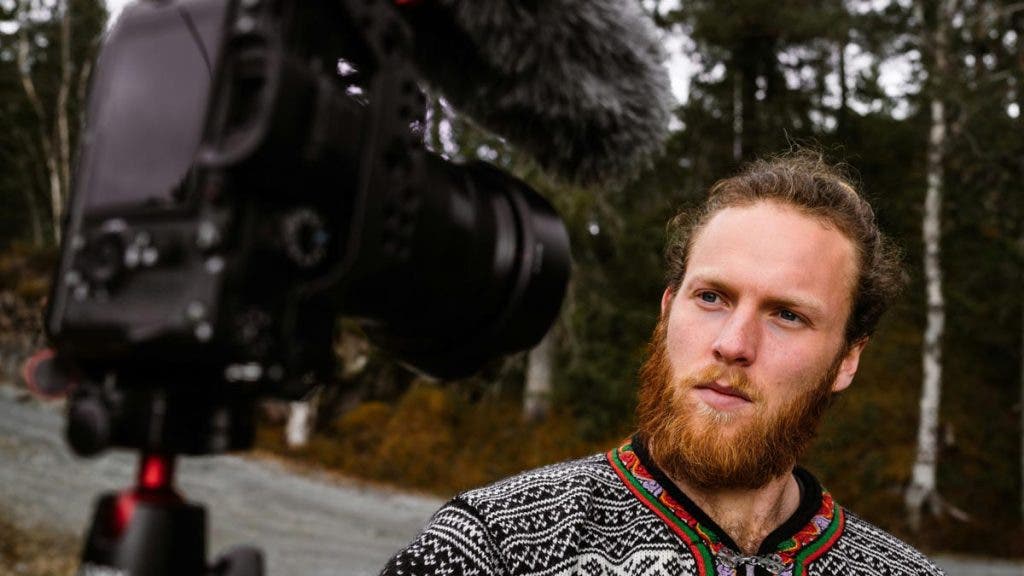
Create a Catchy Narrative
The uniqueness of your vlog comes from the things you value the most, the vulnerable part of yourself you choose to share with the audience, the good you want to make in the world, the knowledge you share, and so forth. Don’t be a jack of all trades, master of none.
If your vlogging lacks a catchy narrative, even the most interesting view and well-researched topic won’t save it. You need to come up with a way of telling your stories that keeps people interested and engaged, or otherwise, they won’t make an effort to look up your content again. Yes, the most popular vloggers master the art of public speaking and have clear diction, but they also embed a strong narrative line in their videos.
Also, consider creating a narrative between episodes. It may take some content planning, but spreading a storyline between multiple episodes will make the viewers return. Ensure you let them know when the next episode will be online, provide an intriguing trailer, and/or post announcements on social media. Then, keep your word and publish content regularly to create a habit for your viewers. For example, a new episode is released every Thursday at lunchtime.
Stay on Topic
Audience studies have shown that people don’t have enough patience anymore to watch long vlogs. Therefore, skip the introductive (boring) parts and stay on topic. Start with something that will capture the viewer’s attention and continue in the same manner. There’s no time for flowery language, long explanations, long plots, filler phrases, and so on. Stick to the subject and offer informative and entertaining content at the same time.
There is a popular advice for writers that you might find useful for engaging your audience, too, and that is to stop at a point when you’re excited to write more. Try giving just enough information to keep people engaged and stop at a point when they are motivated to come back to hear the rest.

Try Mixed Content
In the beginning, vlogging has surpassed blogging, but lately, blogging is having a strong comeback. That’s because blogging has moved on from simple text and 1-2 illustrating images to complex content that includes text, images, videos, sketches, galleries, and graphic design. It’s a lesson vlogging should learn, too. Instead of sharing just video recordings, try to incorporate images, text, animation, links, and any other materials that enhance your story. It will take more time and effort to put together an episode, but it will attract more followers.
Focus on Video and Audio Quality
Nowadays, there is no excuse for poor video or audio quality, and it extends beyond what vlogging camera you use. Yes, recording quality is essential but so is composition and lighting. You need to know how to set up lighting or use the existing lighting design to your advantage, what camera angles to use to enhance the story and when to switch from one to another to infuse the scene with dynamism, and how much to experiment.
Instead of handholding the camera, all the time, mix it with locked off the shots on a tripod, switch camera angles many times thinking about the composition, before delivering your commentary.
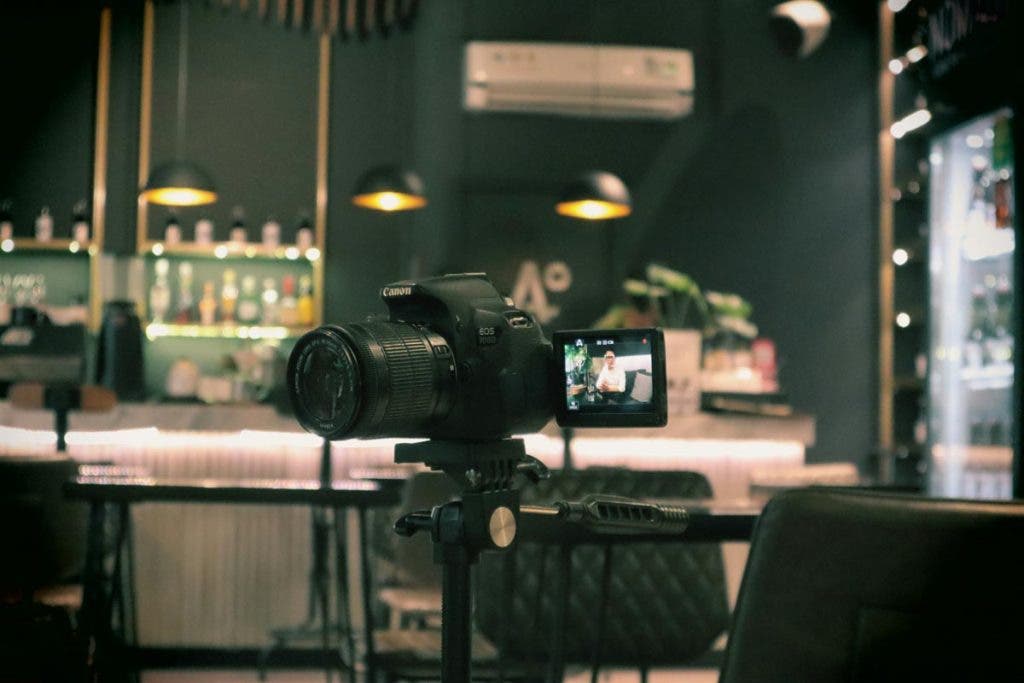
To help your workflow, try to make a shot list and follow it throughout the filming. It will improve the content quality by diversifying the shots and creating a smooth passing from one camera angle to another. Also, spend some time editing your video footage, adding music or sounds, and creating trailers or catchy titles.
Vlogging borrows more and more elements from filmmaking and is turning more and more into video essays instead of traditional vlogs. And this is a good thing because it becomes more entertaining to watch. Even a simple lighting tool like the Godox MA5R RGB LED Light and Power Bank will level up your Vlog with little investment.
For those times you need extra reach, the Pictar Smart Selfie Stick is a great option
Is Vlogging Dead? Final Thoughts
Even though vlogging has declined in people’s preferences due to increased competition and limited viewer patience and time, it is not dead, nor will it be. As blogging has made a recent comeback when everyone thought it was done, so vlogging will become stronger, more authentic, and more valuable in order to survive. Vloggers must go back to what initially fueled vlogging, which is the storyline, the narrative, that unique story that needs to be told, and mix that with strong videography. Commercial success will follow.
